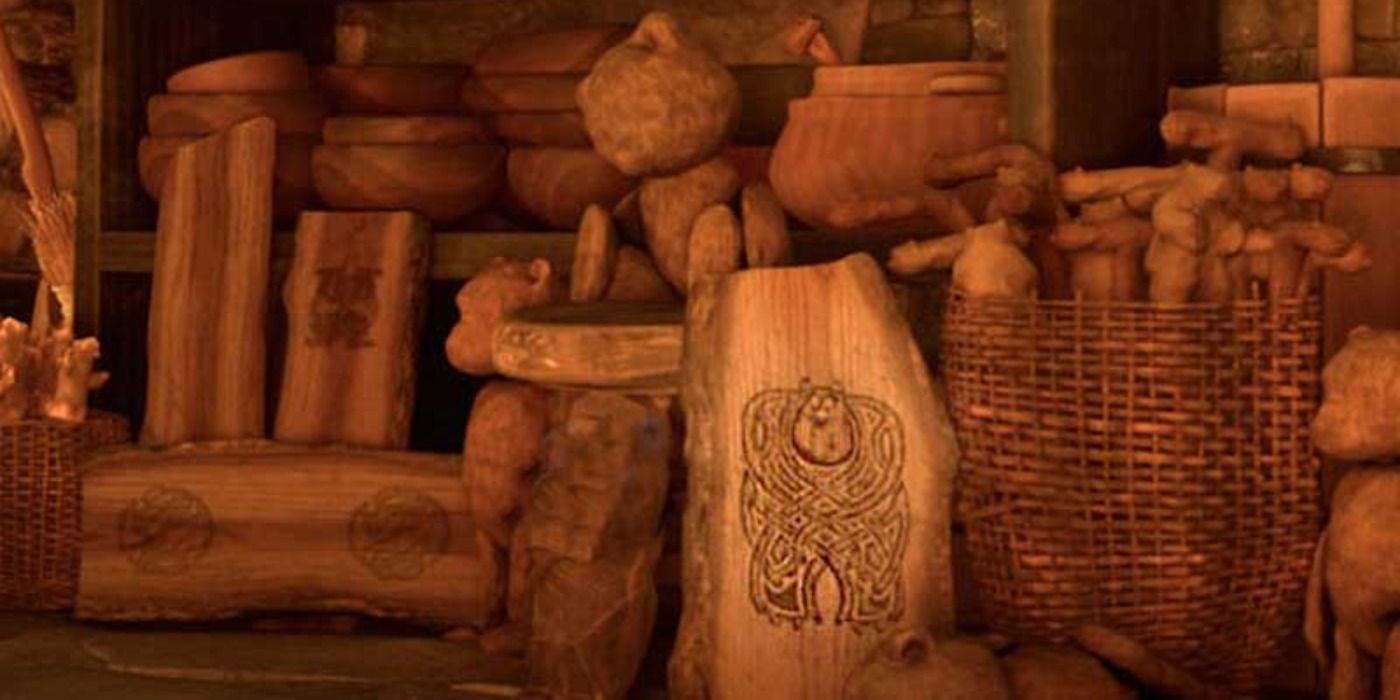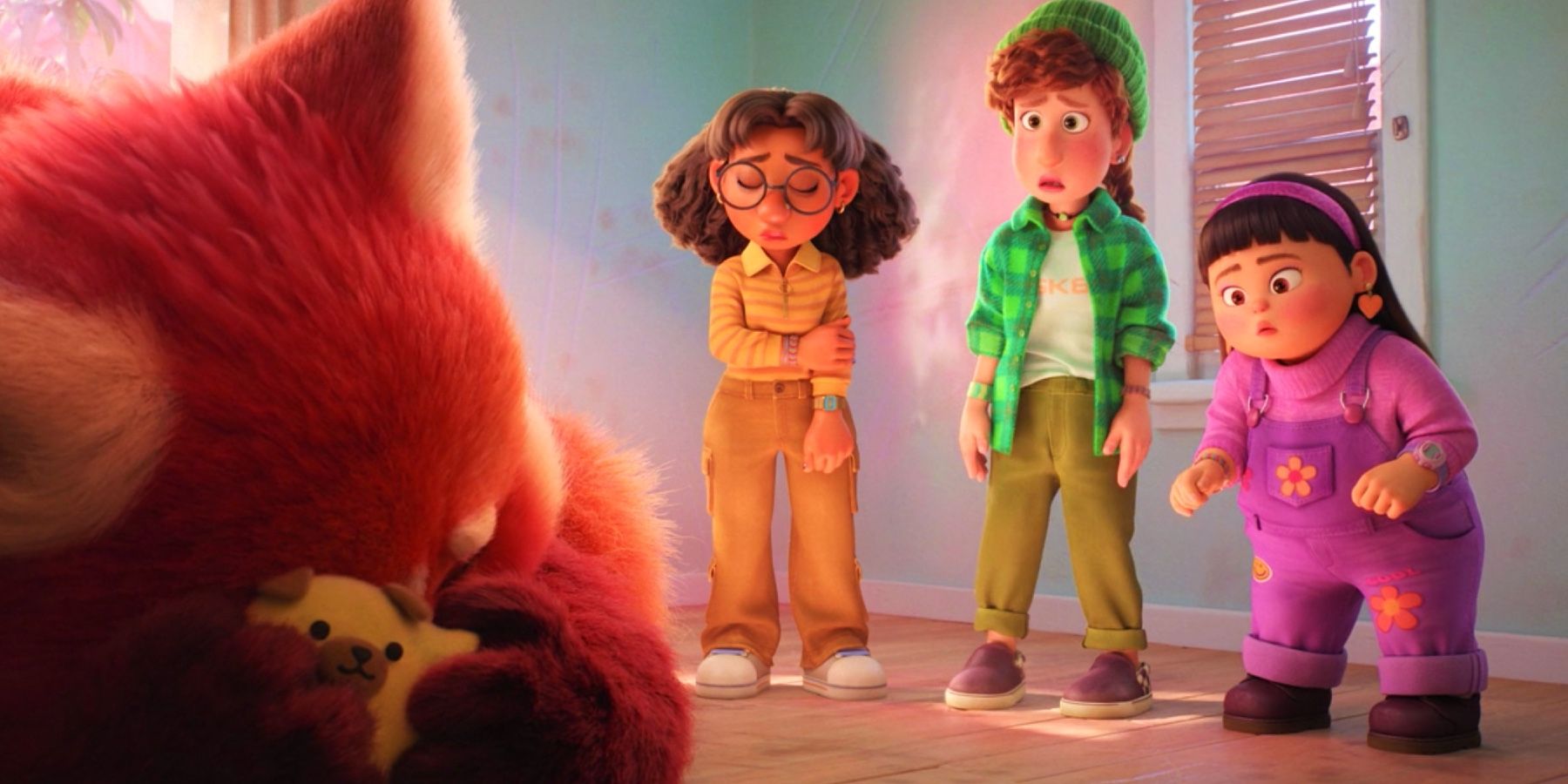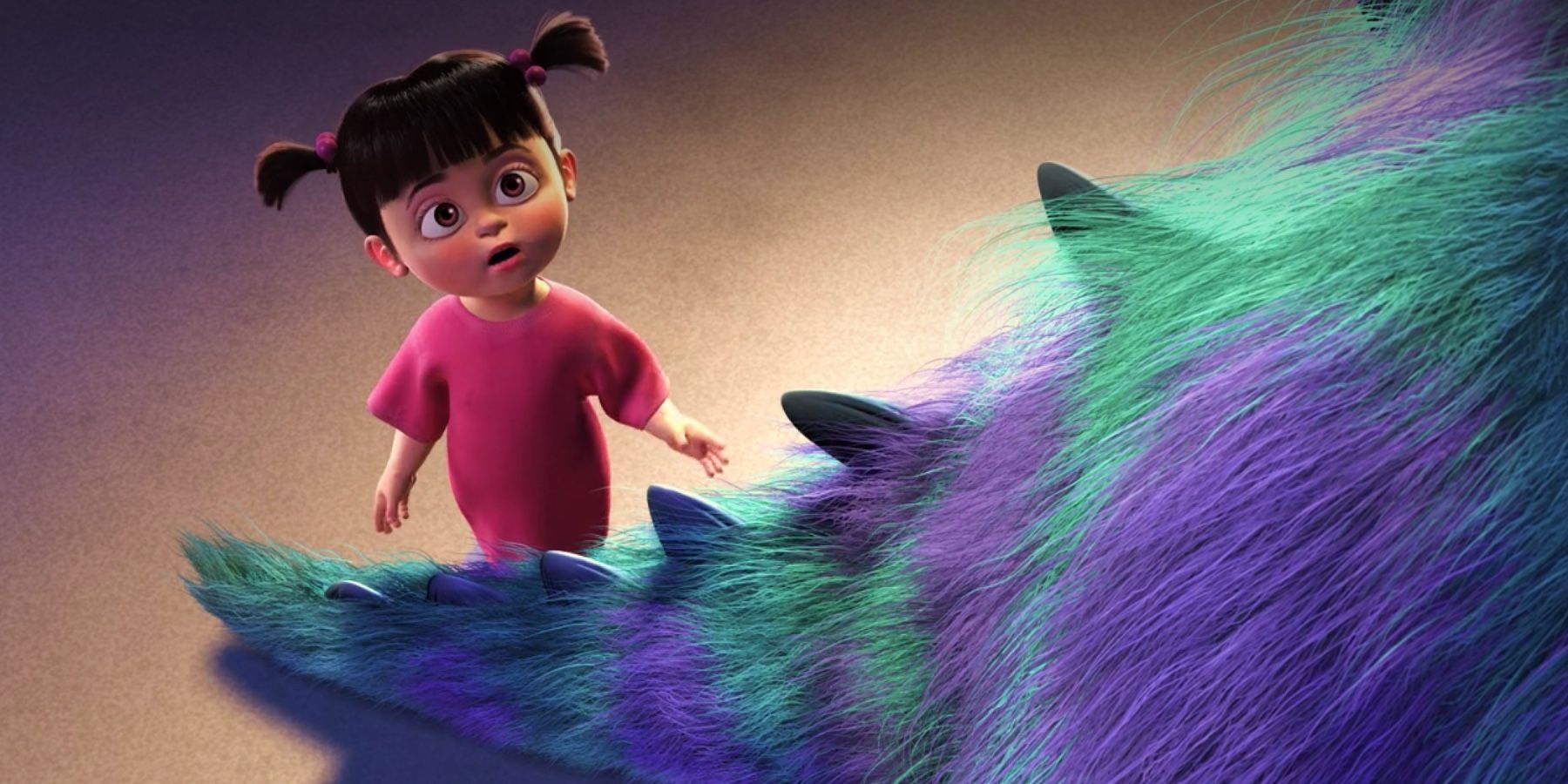Warning: This article contains spoilers for Turning Red.
Pixar is renowned for its Easter eggs and its extensive interconnected film universe, and one of Mei’s friends in Turning Red might add to it in a big way. The film follows Mei as she discovers her family’s secret; when the women of the family come of age, they turn into red pandas when under emotional duress. Mei is under pressure from her mother, Ming, who desperately wishes her to undergo the ceremony that would trap her panda in a talisman, but Mei feels conflicted. Mei loves the emotional freedom her panda brings, and with the strength of her friends and the transformation of her mother, Mei decides to keep the panda.
Mei’s friends, Abby, Priya, and Miriam, play a huge part in the film, and are definitely not relegated to secondary characters. They are an important force in encouraging Mei’s authentic self, and as a result, they feature heavily in the film. This means that they are each well-rounded, unique, three-dimensional characters in their own right, and the audience can really get a feel for them. Consequently, a theory via Reddit has suggested that Mei’s friend Abby might be faintly familiar to audiences.
The theory outlines the idea that Abby might actually be an older Boo from Monsters Inc. Boo is a little girl who finds her way into Monstropolis and becomes adopted in a way by Sully and Mike, Monsters Incorporated’s best scare team. Boo is 2 years old in Monsters Inc, and Abby is around 13 in Turning Red, and their similarities could mean they are secretly the same character.
Monsters Inc’s Boo In The Pixar Theory Explained

Before Boo found her more official place in the Pixar theory, it was believed that she was in Toy Story 3. Audiences believed that Boo was either Bonnie, the new owner of Woody and his gang, or one of Bonnie’s playmates, subtly tucked away in the background of the film. Two potential playmates were picked out for their likeness to Boo; one donning a pink headband and holding a cat plush toy, which audiences thought of as a reference to ‘kitty’ AKA Sully, and another playmate who had Boo’s classic pigtails. It’s even thought that Boo is in Toy Story 4.
Upon the release of Brave in 2012, a new theory came to light regarding Boo. It goes that the witch in Brave is Boo grown up, and the witch’s magic stems from Boo trying to find a way back to Sully and Mike using portal magic, similar to the doors in Monsters Inc. This theory carried some weight due to a wood carving in the witch’s hut which resembled a familiar fuzzy face; Sully. It was also theorized that the witch could time-travel, as she had a carving of Pixar’s timeless Pizza Planet truck Easter egg. All this considered, it’s not unbelievable that Turning Red fits into Pixar’s shared universe by making Abby a teenage Boo.
All Evidence That Turning Red’s Abby Is Monsters Inc’s Boo

Abby and Boo undoubtedly share an uncanny physical resemblance. The two have the same face shape, same big brown eyes, same hair color, and even the same bangs. But whereas Boo has her hair in pigtails, Abby has long hair that she wears down. It wouldn’t be abnormal for Boo to grow up and grow out of her pigtails, opting for a different style. She still has an affinity for hair accessories though, and swaps her pink hair ties for a glittery pink headband as she gets a little older. Mei’s costume reveals Turning Red‘s ending, and her friends all have unique costuming, too. Miriam is coded green, Mei is red, Priya is yellow, and Abby is pink and purple – which is, coincidentally, Boo’s color palette. Furthermore, Abby’s purple overalls are scattered with little flowers, which could be a reference to Boo’s iconic door, and her heart earrings match the heart cut-out on Boo’s chair in her room.
Personality-wise, the two also seem incredibly similar. Boo is distinctly characterized by her fearlessness in the face of Sully, who is otherwise regarded by humans as a frightening monster. Likewise, Abby shows nearly no fear when encountering Mei’s panda for the first time. Instead, her eyes become huge and sparkly in true anime style (making Turning Red look different from other Pixar films,) and she lunges headfirst into the panda’s fluff. If the theory is true, Abby’s lack of fear may stem from the blue furry friend she had in her childhood.
How Turning Red & Monsters Inc’s Timelines Would Work (If It’s True)

In any Pixar theory, timelines are always the trickiest element, and the part where most theories like this could fall flat. Turning Red was released in 2022 but set in 2002, and Monsters Inc was released in 2001. If this release date were to be taken face value and it were to be assumed the film is set in the year it was released, the theory clearly wouldn’t work, as Boo can’t age up 10 years from 2001 to 2002. The official chronological Pixar theory, though, sets Monsters Inc as the last installment of the Pixar universe, dating it thousands of years in the future, around 3100, which displaces the theory again.
Yet, not everything in the Pixar theory works seamlessly. Pixar’s filmography is ever-growing, thus getting more difficult to explain its new films’ place in the theory, resulting in some inconsistencies in the timelines. For example, Riley from Inside Out is thought to be spotted in Finding Dory, which doesn’t match the timelines for those films. Therefore, if the witch and Boo/Abby are all the same person, her time travel abilities might easily explain away some inconsistencies.
Boo’s identity is a long-running motif in Pixar, with audiences clamoring to spot her in films. Of course, Boo’s real name in Monsters Inc might also mean this theory is again proved wrong. Yet, in the way of fitting films into the Pixar theory, some minor discrepancies should be allowed. Turning Red is Pixar’s 25th feature film, and the studio has come a long way since the birth of the theory nearly 10 years ago, which means these similarities seem less than coincidental.




